Dry vs. Dehydrated Skin: Understanding the Difference for Healthier, Happier Skin
Have you ever felt your skin tight and uncomfortable after washing your face, and wondered if it’s truly dry or simply thirsty for water? You’re not alone. Our skin reflects the environment we live in and the care we give it, and sometimes it can be hard to know exactly what it needs. Understanding the difference between dry and dehydrated skin allows you to respond with gentle, thoughtful care, helping your skin feel nourished, comfortable, and naturally healthy.
What Is Dry Skin?
Dry skin is a skin type, meaning it is your natural state of being. Our skin type often changes throughout our lives as our hormones change, we age and other factors come into play that affect our bodies. Dry skin occurs when your skin produces less oil (sebum) than usual, leaving it vulnerable to tightness, roughness, or flakiness. Dry skin may reveal fine lines more prominently and often looks dull, especially during seasonal shifts.
Caring for dry skin is about replenishing oils, supporting the skin barrier and locking in moisture. Plant oils, rich creams, balms and regular, gentle exfoliation work in harmony to restore moisture levels, leaving your skin resilient and nourished.
What Is Dehydrated Skin?
Dehydrated skin is a condition rather than a type. It happens when your skin lacks water, regardless of oil levels. Even skin that tends to be oily can become dehydrated. When your skin is dehydrated, it may feel tight, appear dull, flaky or show fine lines that soften after hydration.
Causes of Dehydrated Skin:
- Not drinking enough water or drinking alcohol
- Certain Medications can rob our bodies and skin of moisture
- Dry air, wind and sun exposure
- Airplane travel: the dry air pulls moisture from our skin
- Age & hormonal changes lead to slower production of skin cells and decreasing oil production
- Using harsh cleansers and synthetic fragrances can destroy your moisture barrier
- Taking long, hot showers and baths or soaking in the hot tub
- Heaters and wood stoves, during the colder months, dry out the air indoors

Here are some tips to restore balance to dry and dehydrated skin:
- Increase your water intake
- Cream and soap-free cleansers wash away dirt and makeup without stripping our skin's natural moisture. Avoid harsh cleansers
- Avoid products with synthetic fragrances
- Regular, gentle exfoliation removes dead skin cells, allowing your hydrating products to work better.
- Rich ingredients like shea butter, honey, rich plant oils and hydrosols can all bring hydration back into your skin, leaving it soft, plump and bouncy.
- Natural waxes like beeswax lock in moisture without clogging your pores
- Moisturize immediately after cleansing- never leave your skin bare!
How to Tell the Difference
After cleansing and moisturizing, look in the mirror press gently on your skin. If it feels tight, rough, or flaky, it is likely dry. If it feels tight or looks dull but perks up after hydrating products, it is probably dehydrated. Many of us experience both, which means our skincare routines need to support both water and oil for balanced, healthy skin.

Caring for Both Dry and Dehydrated Skin
Creating a simple routine is the best way to honor your skin. Here are our recommended steps:
STEP 1: Cleanse your skin daily to remove makeup, dirt and sweat. For your face, neck and chest, choose a soap-free, hydrating cream or oil-based cleanser that suits your skin type.
For the rest of your body, consider only using soap (or cleanser) on your armpits, feet and private parts. For arms, legs, back and belly, try switching to a sugar scrub most days and avoid using soap every day.
TIP: If your skin is always dry, you may want to skip the morning cleanse and just use a toner or hydrosol to refresh your skin in the a.m.
STEP 2: Mask & Exfoliate. Double masking, back-to-back works well for restoring moisture. If you're finding that your favorite moisturizer seems to sit on top of your skin and/or seems to have stopped working, it's time to exfoliate! Aging, hormonal changes and exposure to sun and wind all increase the build up of dead skin cells and those dead skin cells are in the way of your leave on products, preventing them from absorbing, so you need to get rid of them.
Exfoliate 1-2 times a week: For face, neck and chest, choose a gentle chemical mask like our Coconut Lactic Peel, or a manual scrub like the Cucumber Face Polish (or do a double exfoliation using one and then the other). For the rest of your body, reach for a sugar scrub, a loofah or dry brush
Mask 1-2 times a week: Follow your exfoliating treatment with a deeply nourishing mask like the Honey Avocado Rescue Mask to replenish moisture and calm your skin.
STEP 3: Tone with an alcohol-free toner or hydrosol (for more sensitive skin) to clear your pores and restore your skin's slightly acidic pH.
STEP 4: Treat. Apply serums and an eye cream that support your skin’s unique needs. We recommend using a water-based serum for oily or combination skin and an oil based serum for dry skin, followed by your favorite facial moisturizer.
STEP 5: Moisturize & Protect. Seal in hydration and nourishment with a moisturizer. Include sunscreen in the morning, and use a rich, comforting moisturizer at night to allow your skin to restore itself while you rest. At night, to seal in moisture, apply a few drops of a facial oil over your moisturizer. For the rest of your body, reach for a "body butter", rich cream or body oil - be sure to moisturize while your skin is still a little bit damp. For super dry areas like hands, feet and elbows, use a heavier balm or salve.
When you know whether your skin is dry, dehydrated, or both, you can respond with intention and care. By supporting your skin with hydration and nourishment, it can feel soft, calm, and naturally healthy. Following a simple, mindful routine like our 5 Skincare Steps helps your skin thrive.
Not sure what your skin type is? Take the Skin Quiz to find out and get personalized recommendations. As always, we're here for personal advice. Drop us an email or give us a call!
Recommended Products for Dry & Dehydrated Skin:
Apple Chamomile Cleansing Gel
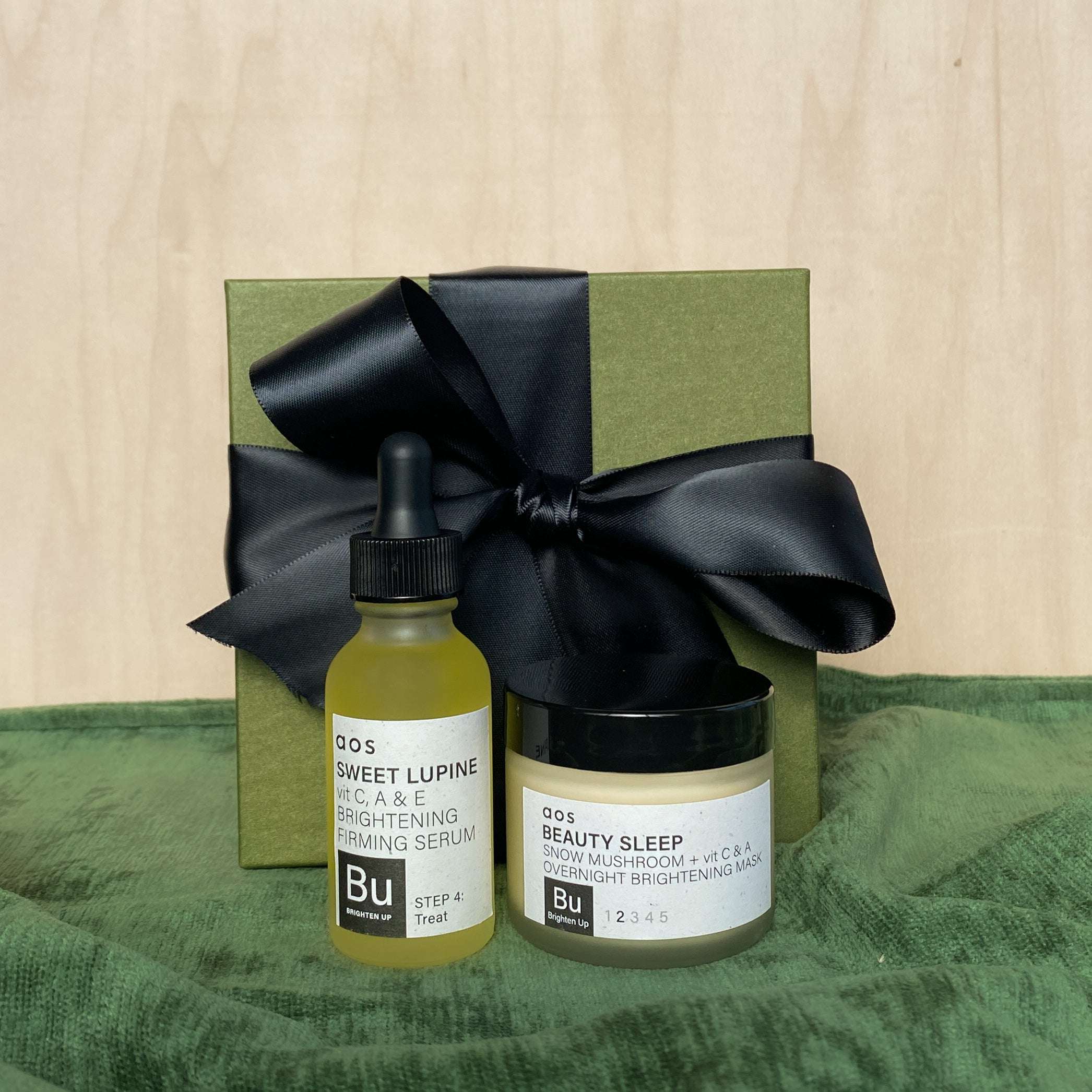
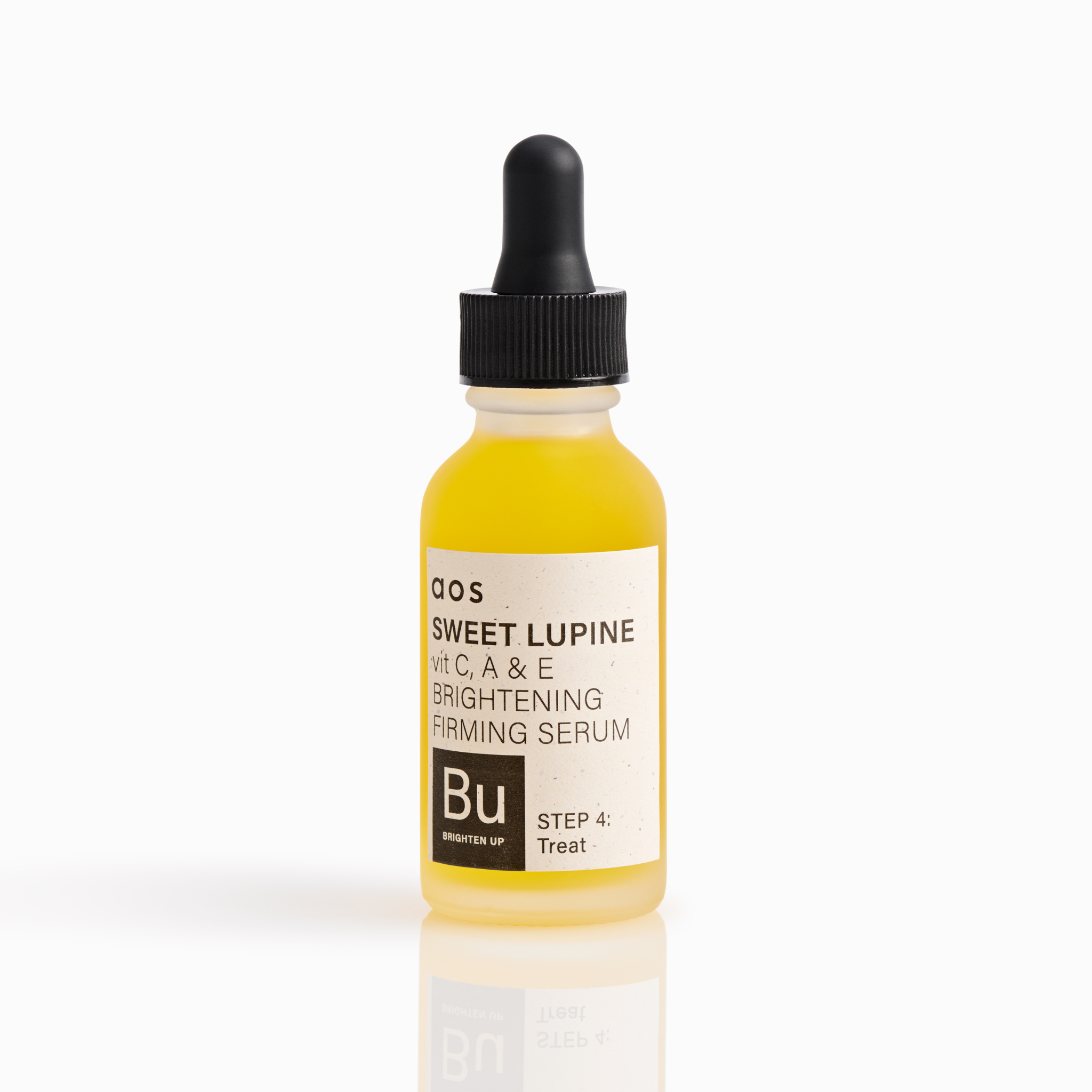
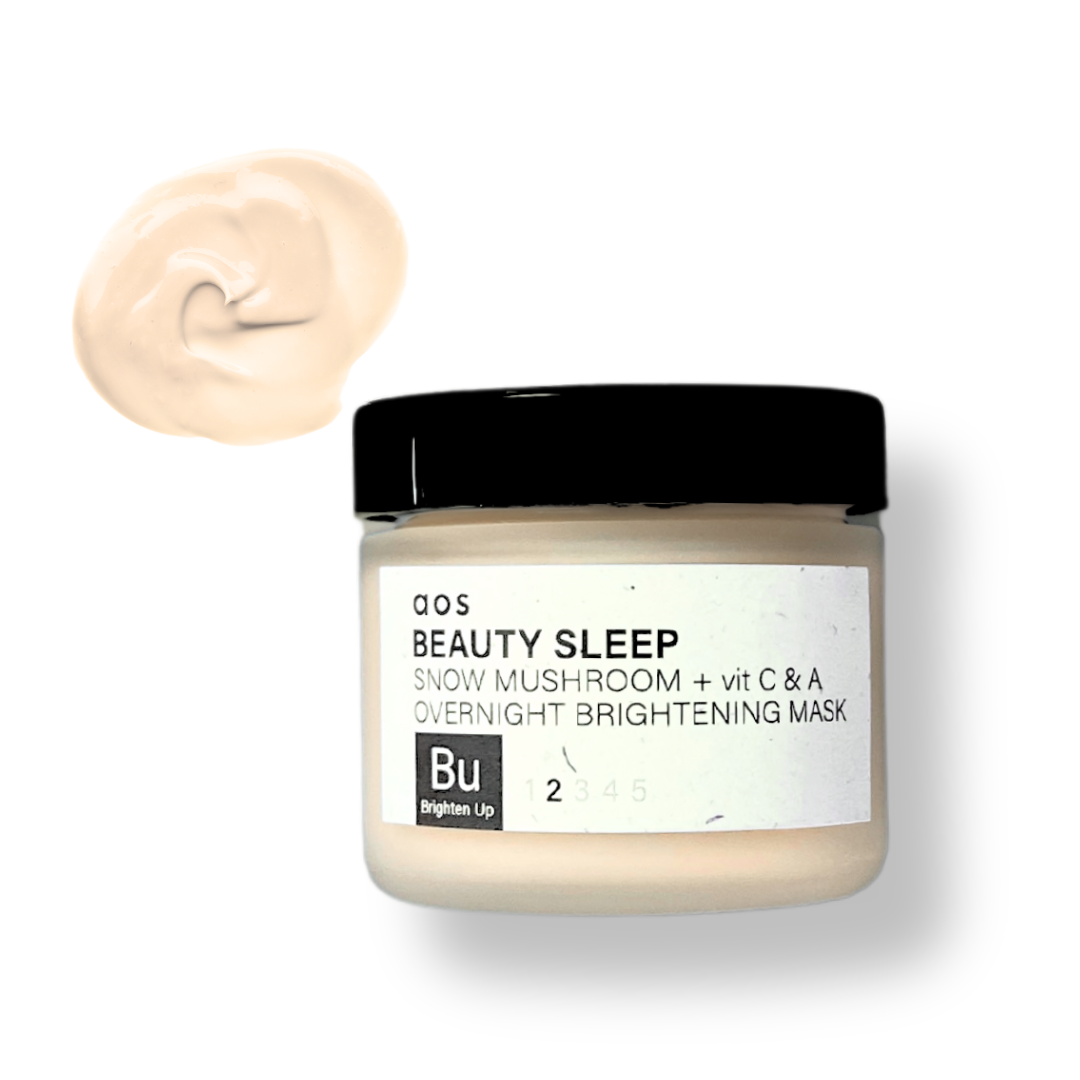
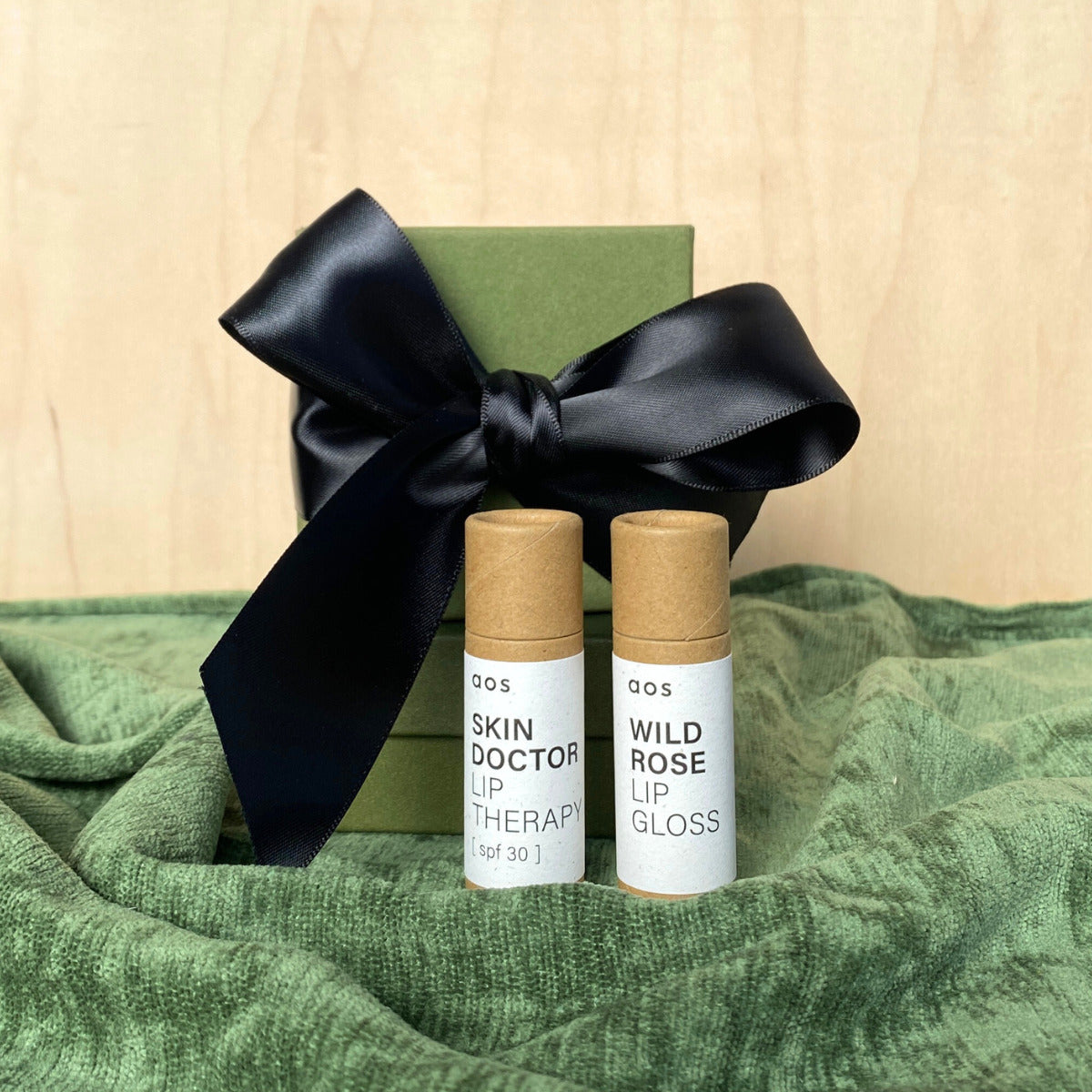
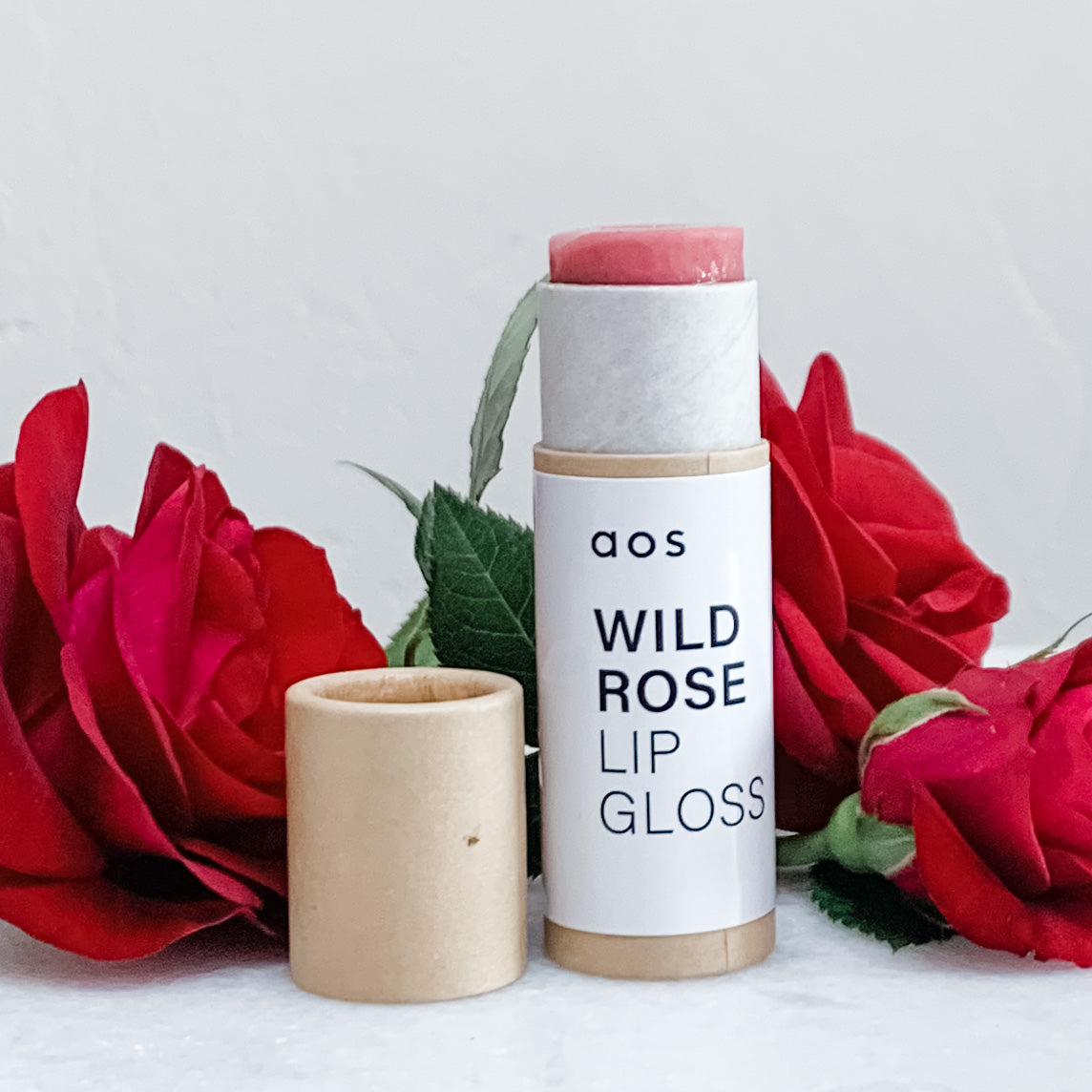
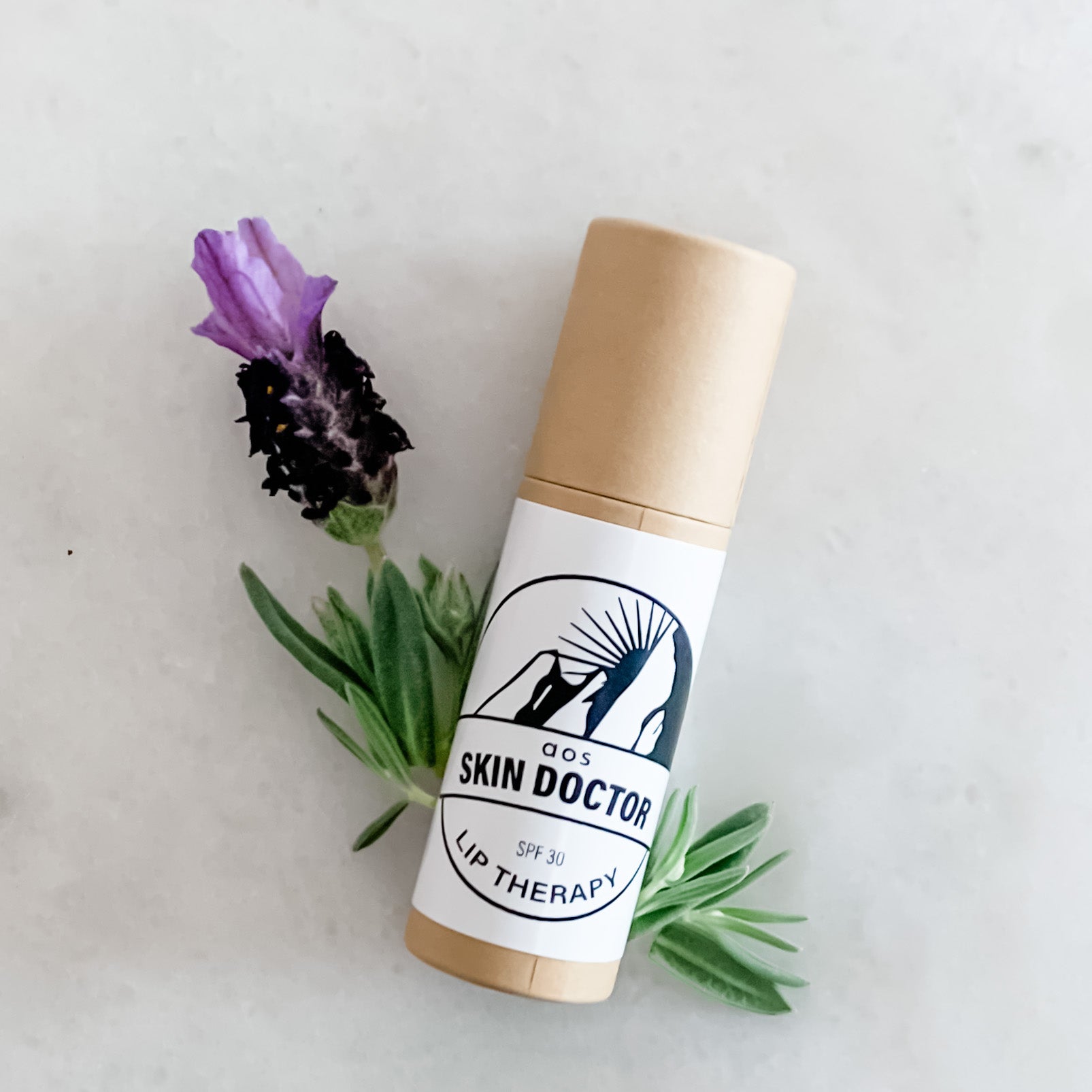


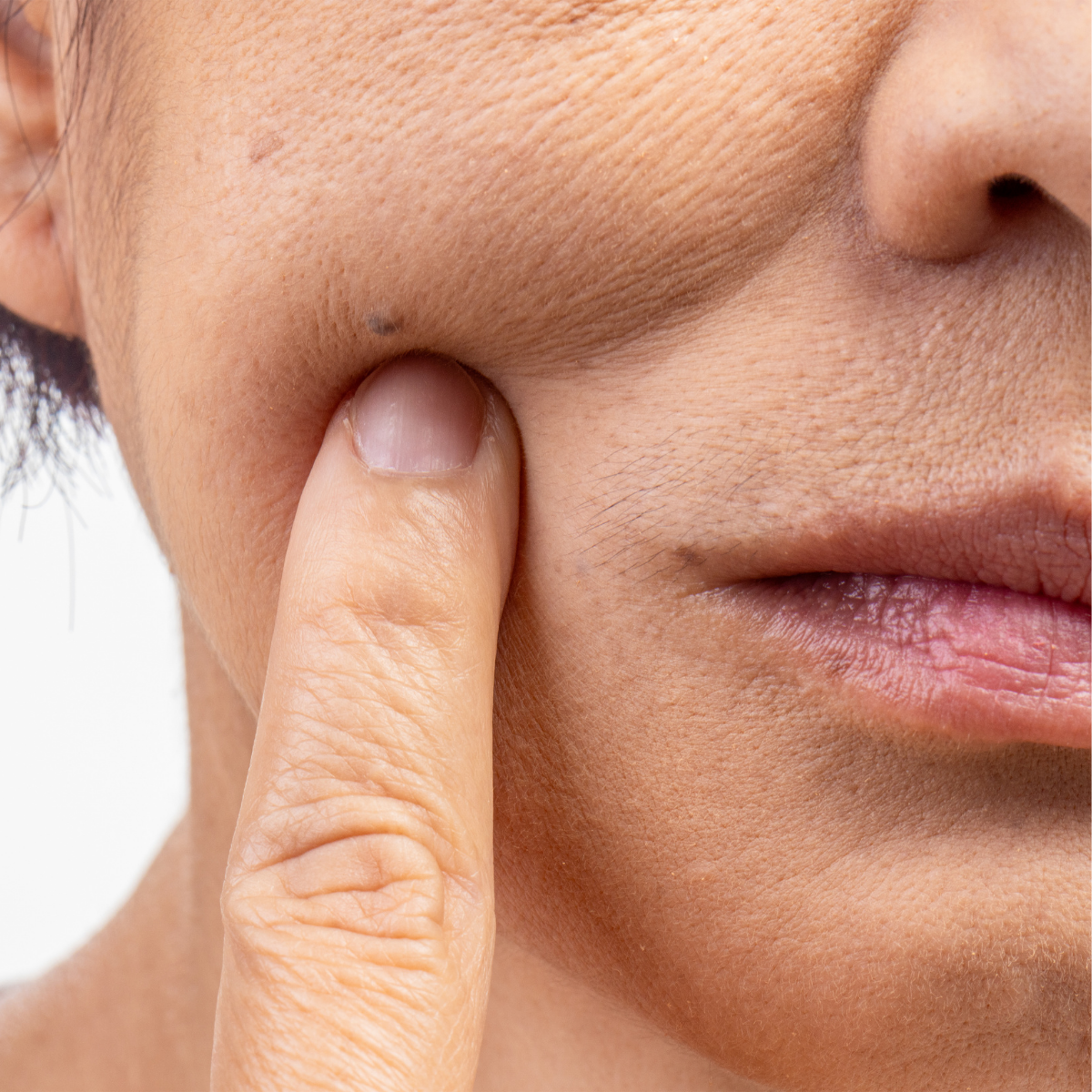















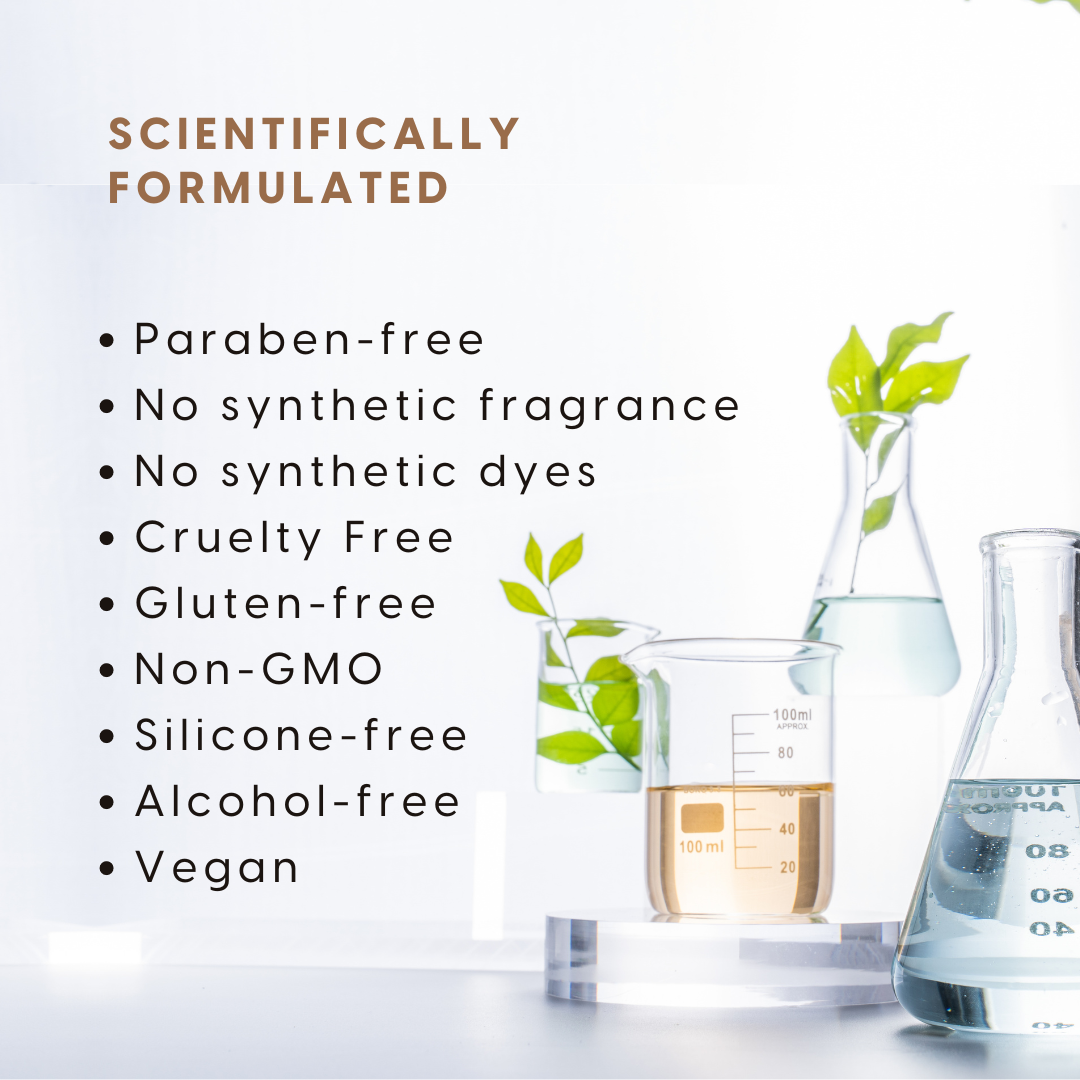















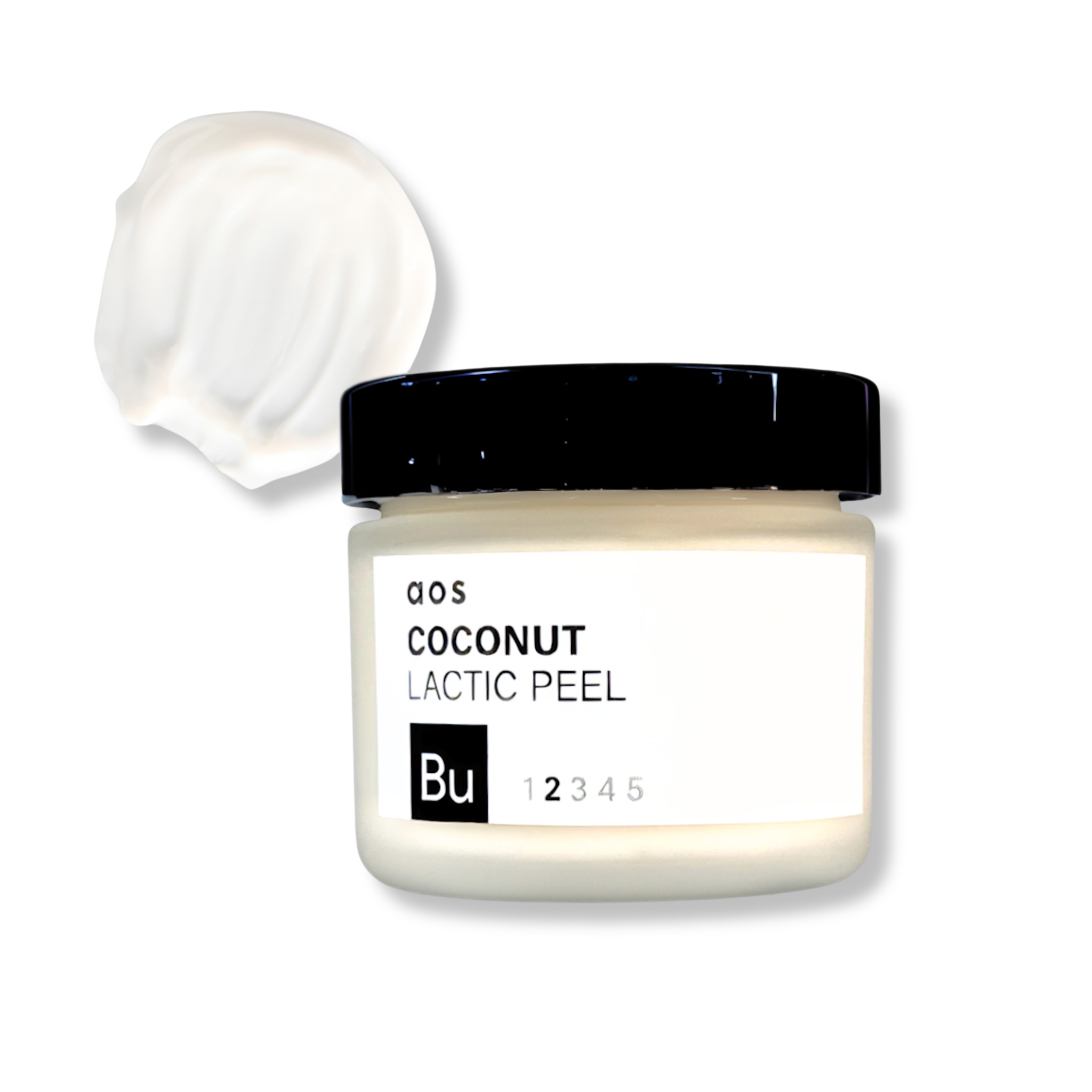

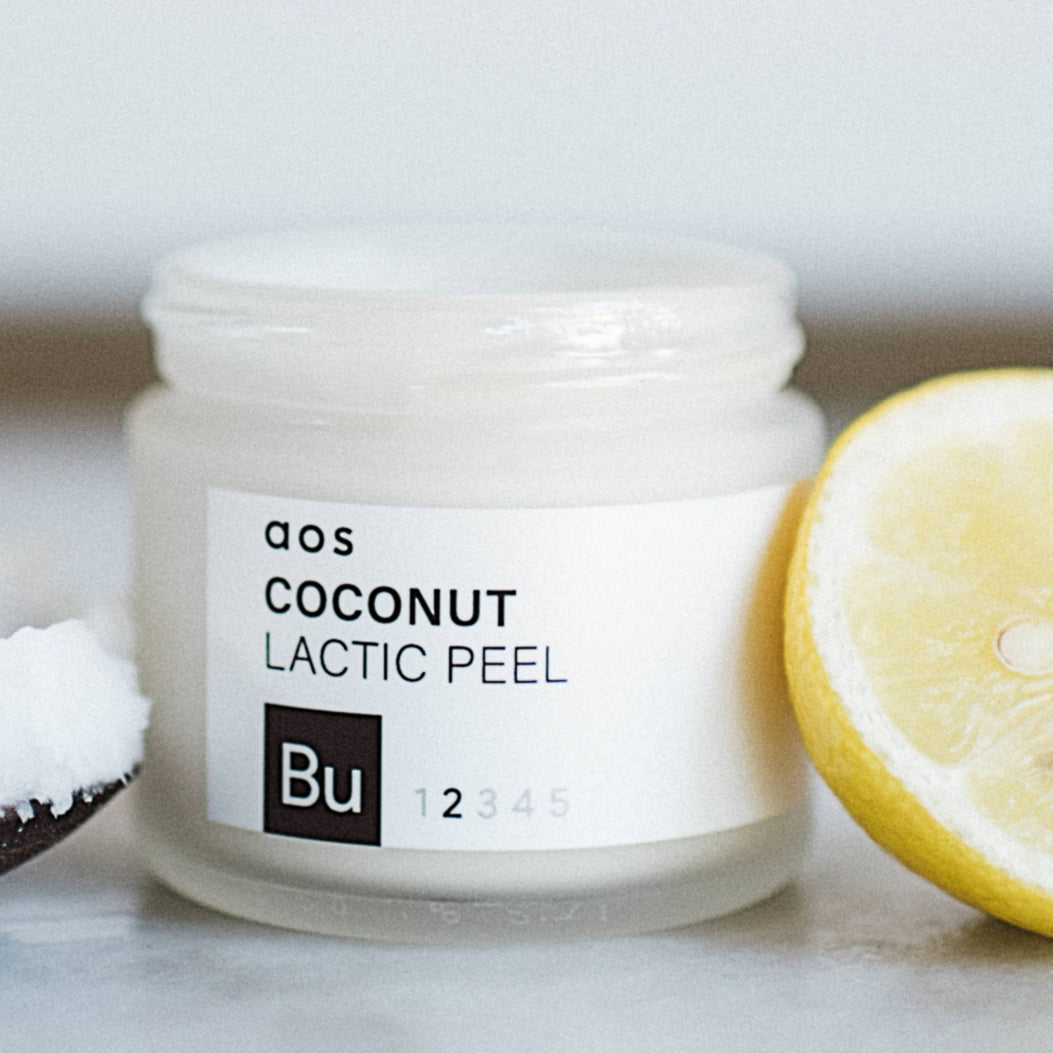
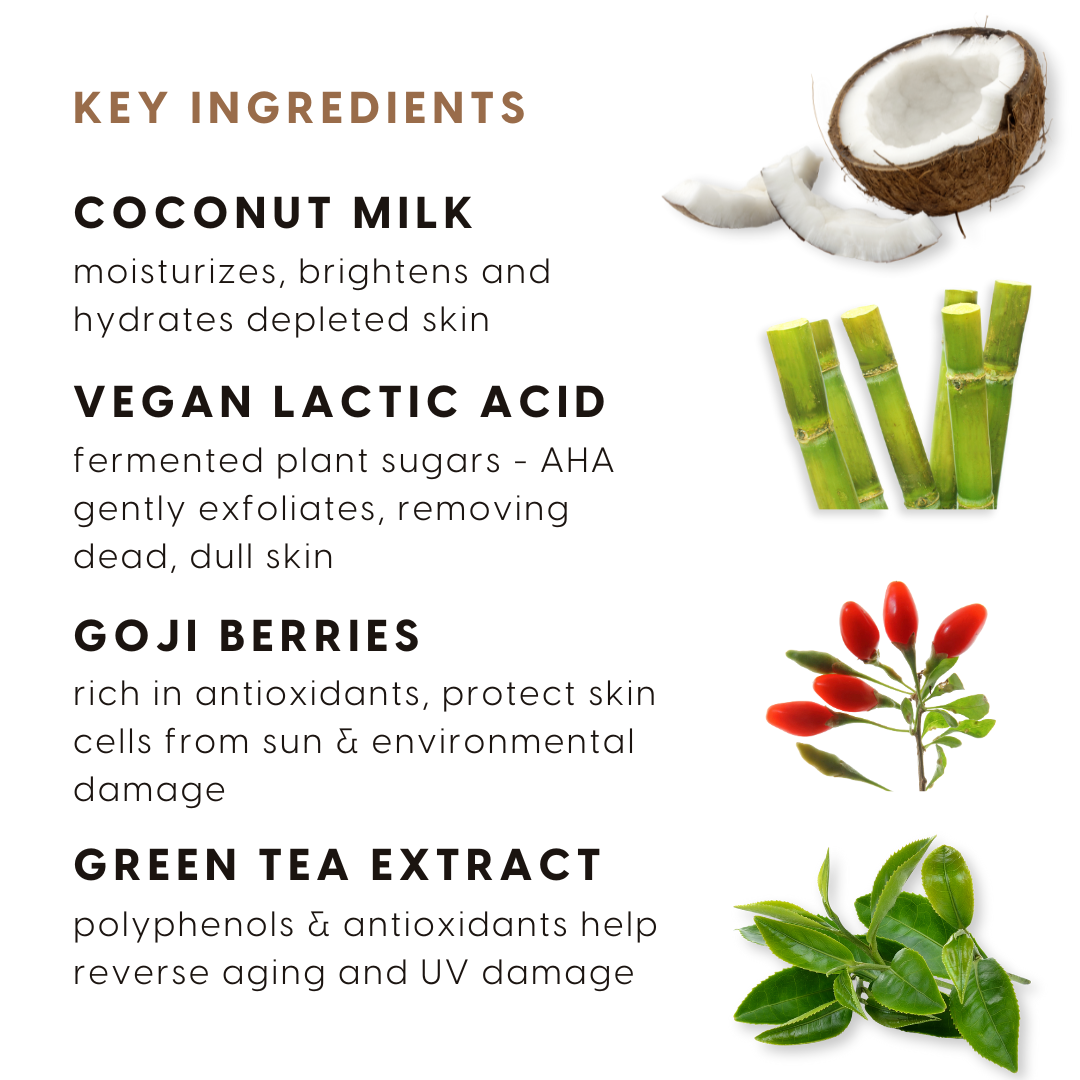
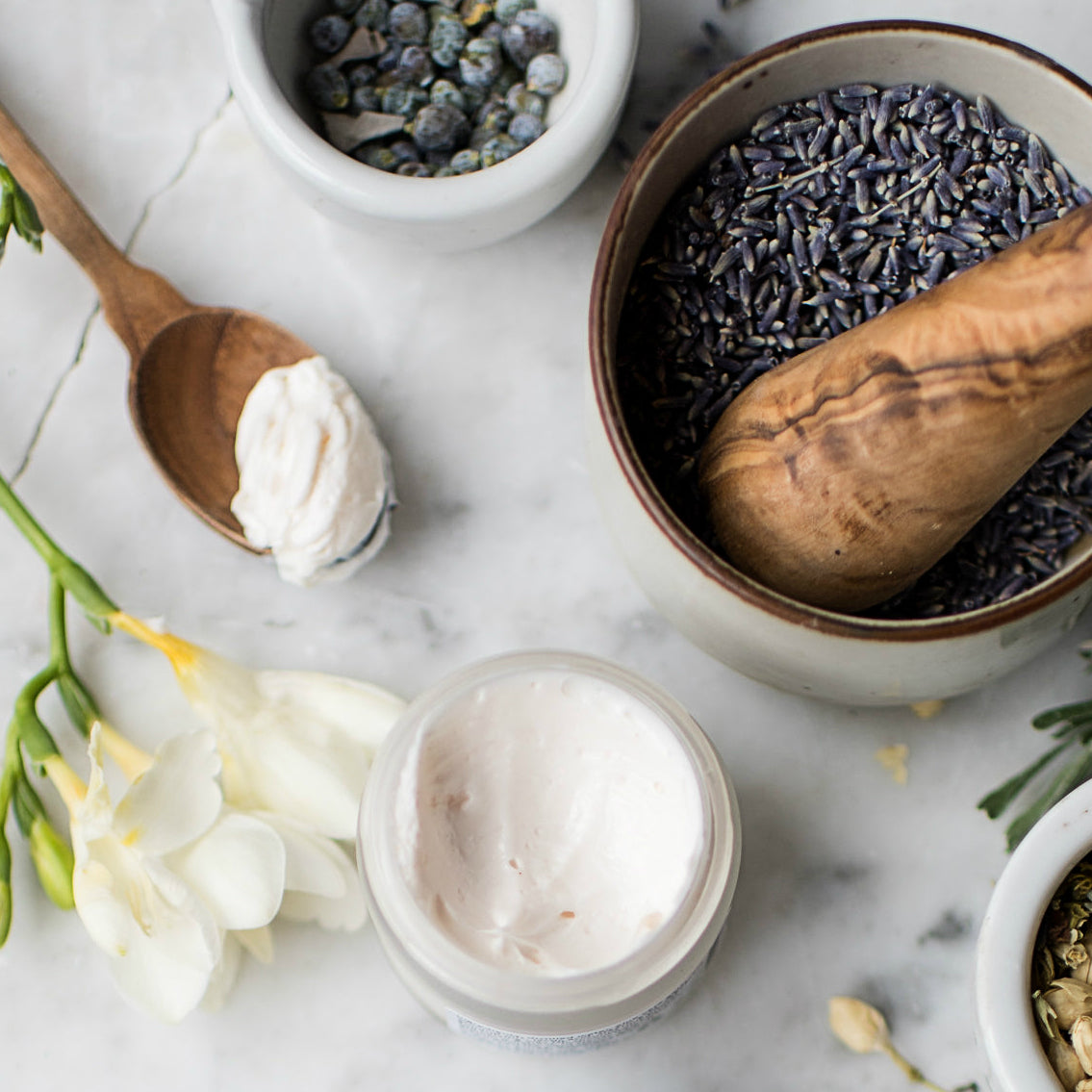
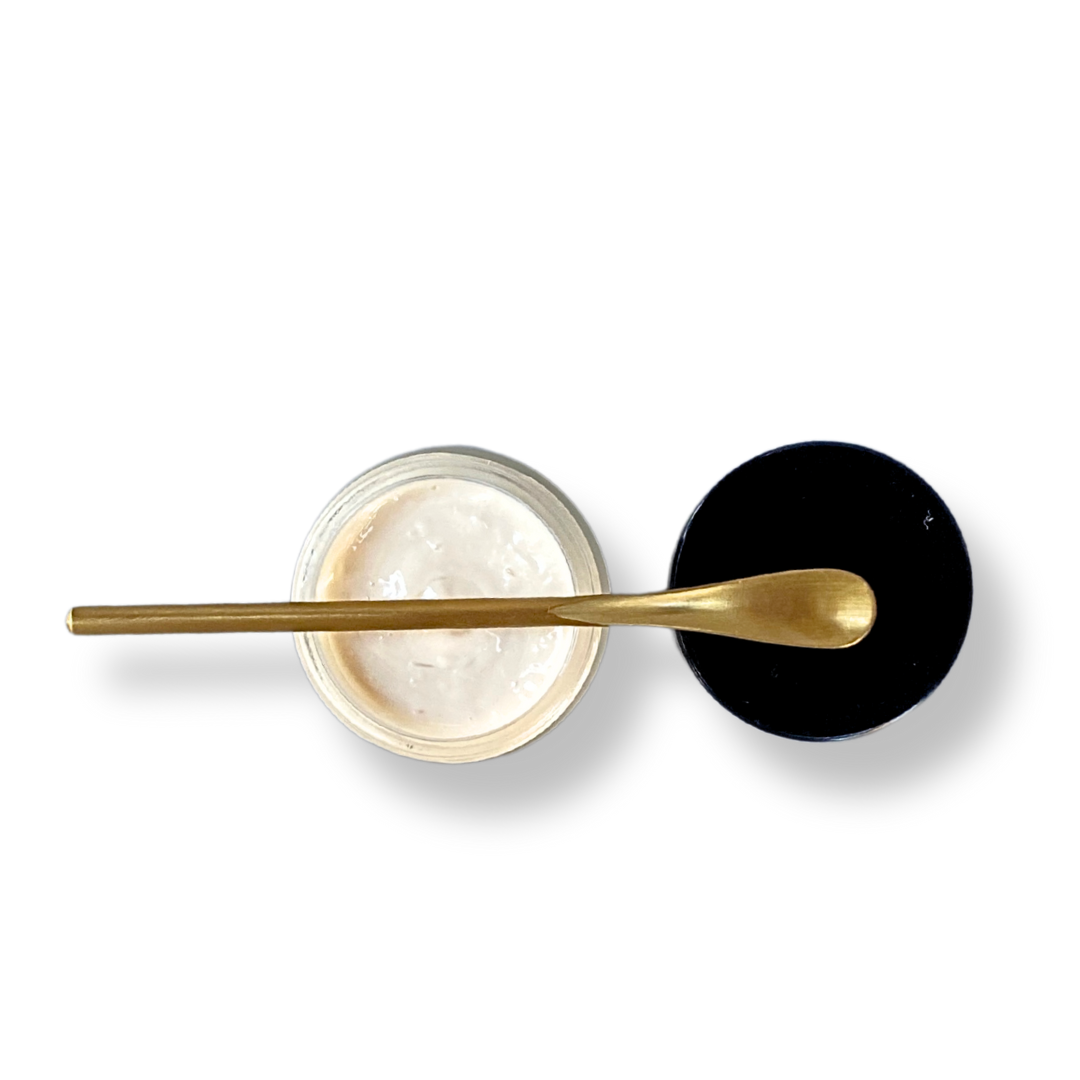
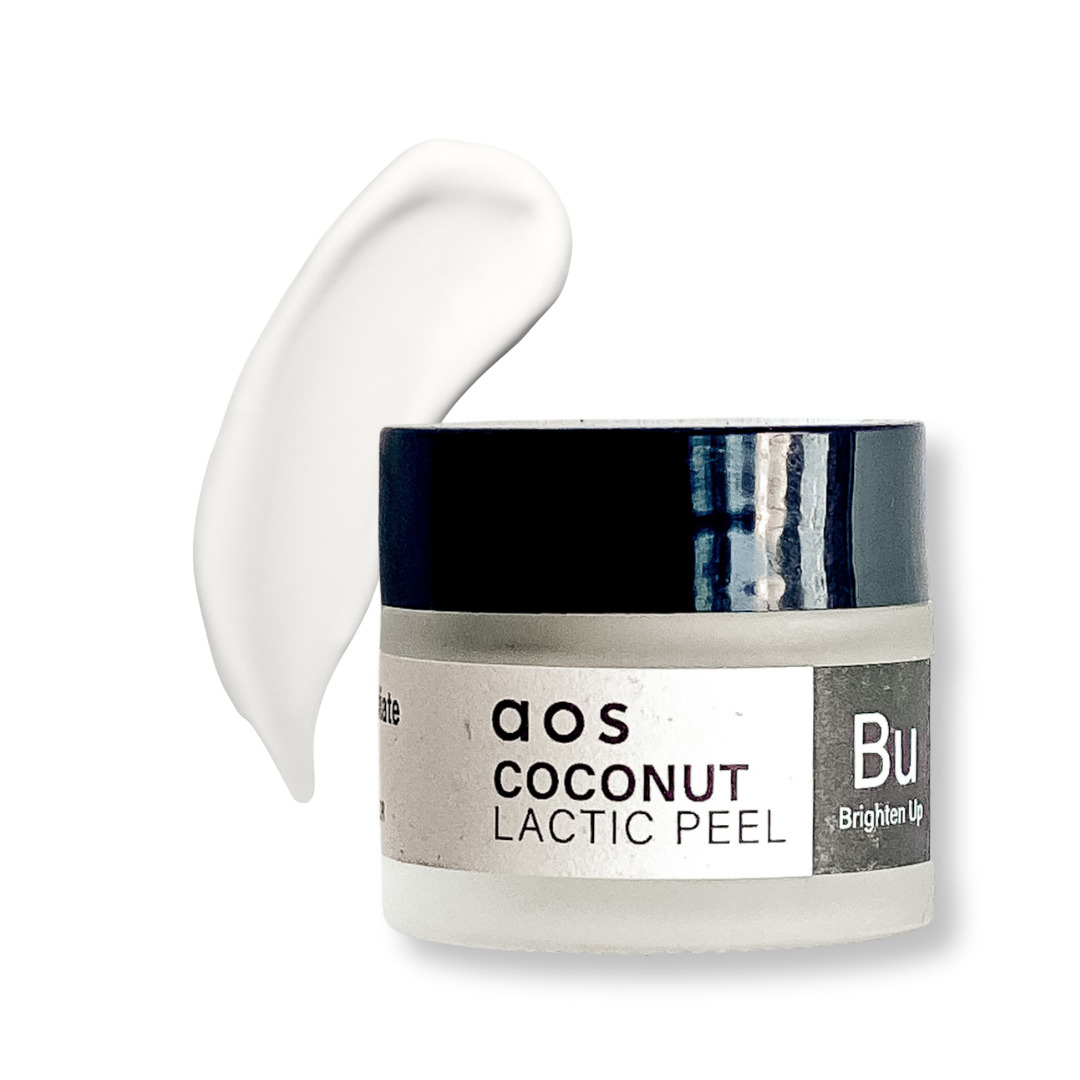







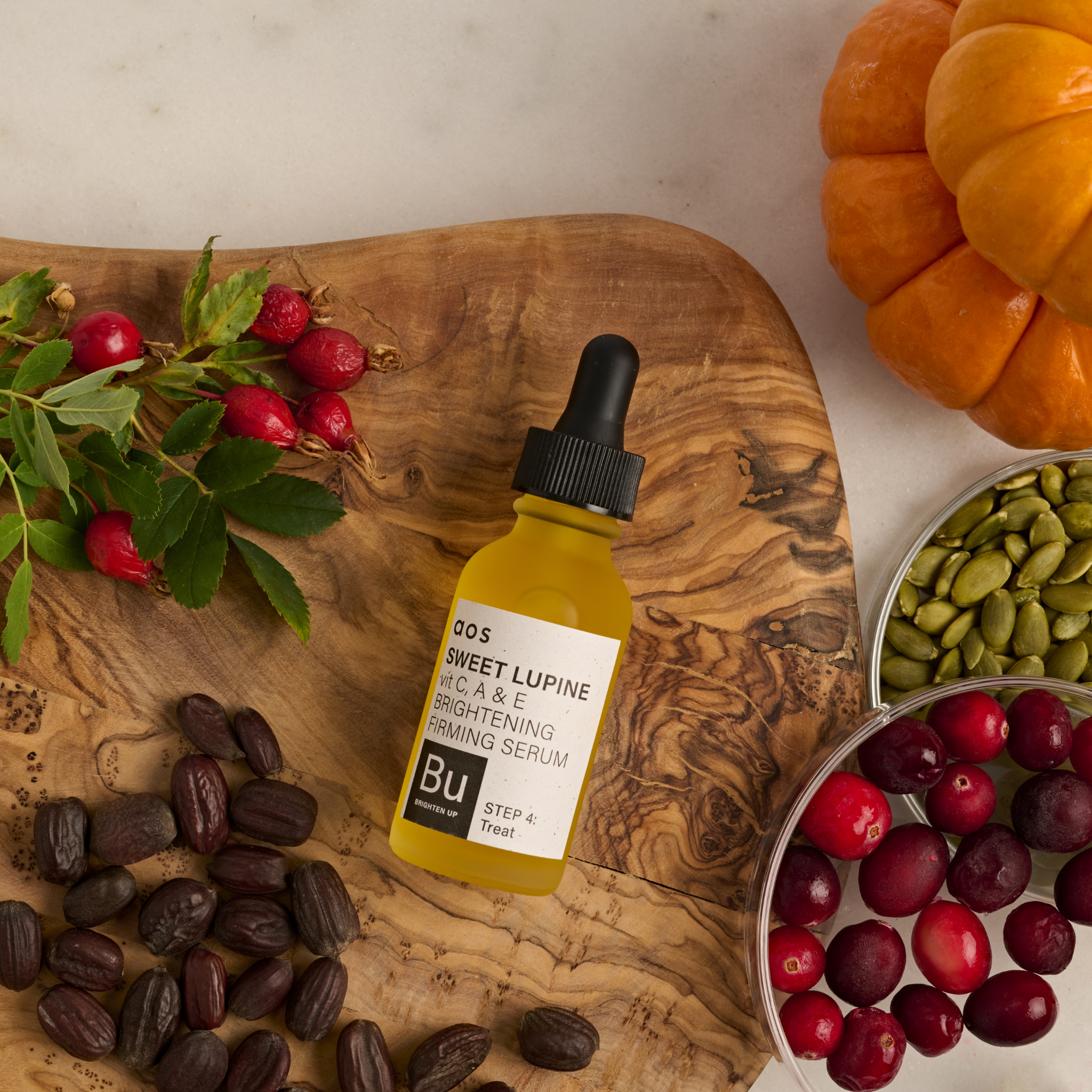


Share and get 15% off!
Simply share this product on one of the following social networks and you will unlock 15% off!